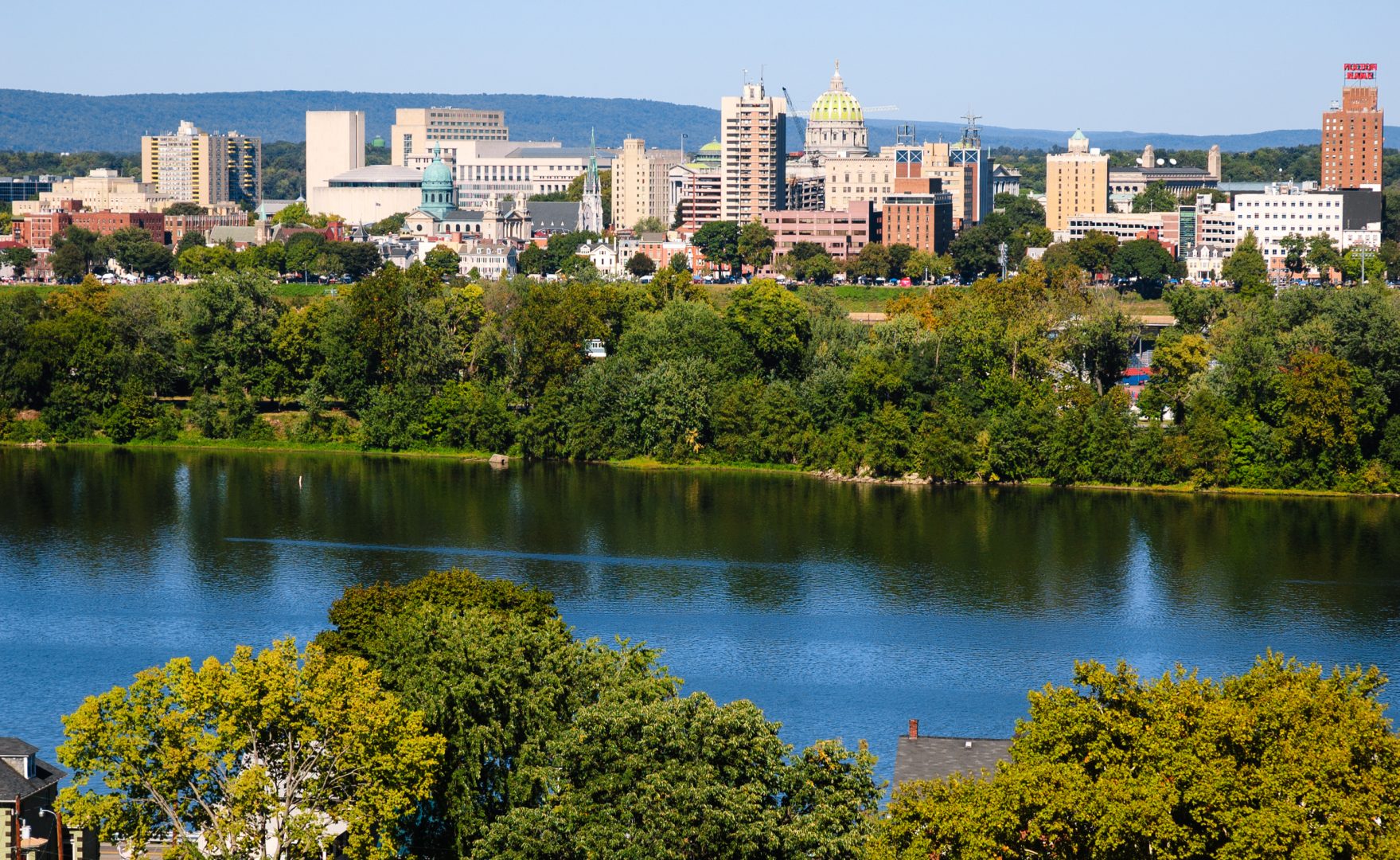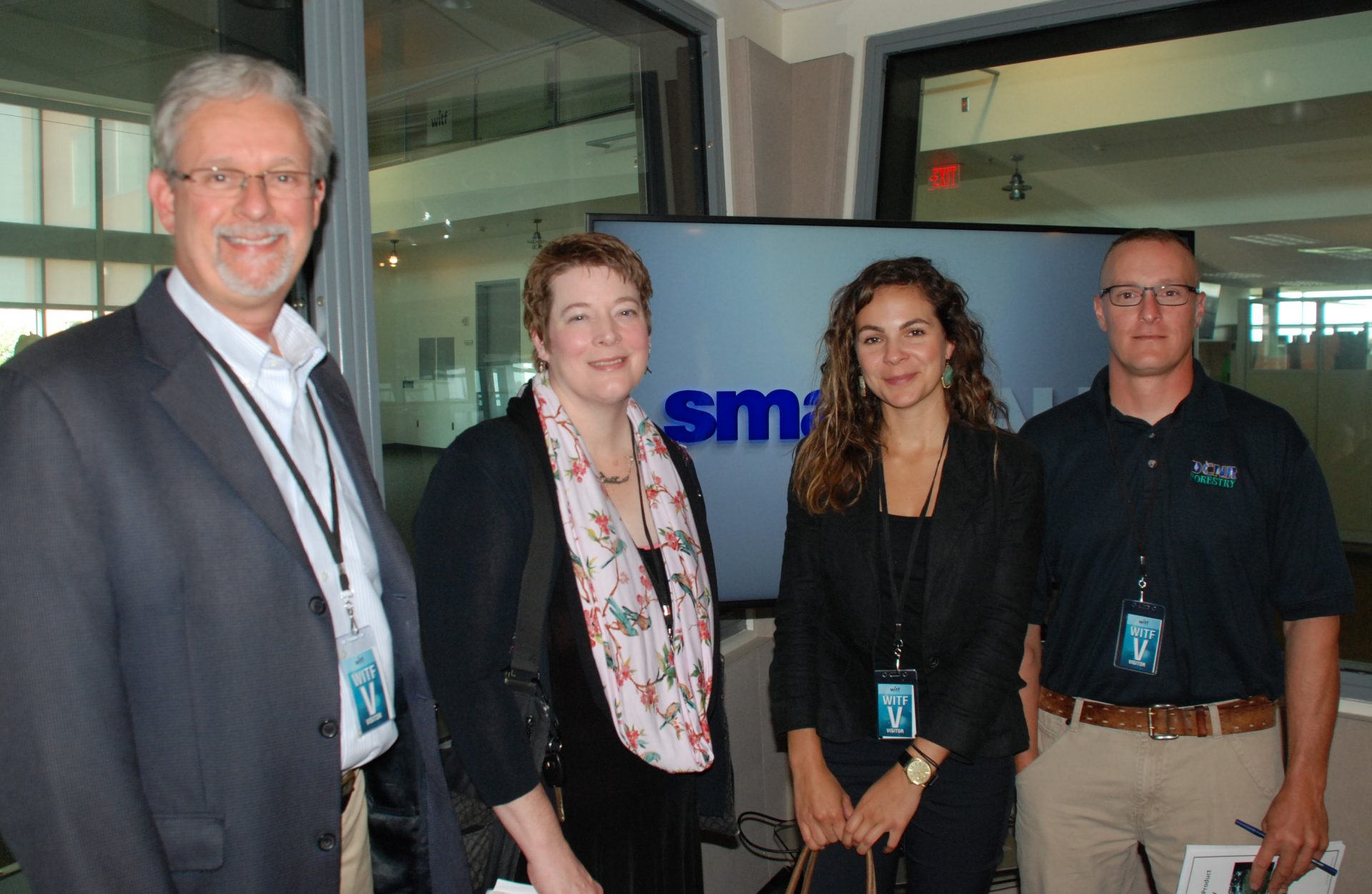
The city of Harrisburg river walk along the Susquehanna River is an example of an urban forest, or greenspace.
istock

The city of Harrisburg river walk along the Susquehanna River is an example of an urban forest, or greenspace.
istock

istock
The city of Harrisburg river walk along the Susquehanna River is an example of an urban forest, or greenspace.
The presence of trees is an integral part of a community’s quality of life.
Trees provide oxygen, improve air quality, stabilize the soil and support wildlife. They are so important to the health of the planet that they have been identified as a primary solution to climate change.
Urban forests make up a large component of America’s forested areas. They come in different shapes and sizes and include parks, river boundaries, street trees and other community greenways. As our nation becomes more urbanized, urban forests become more important to the environment.
Helping communities select, plant and care for trees is a skill in high demand. As communities try to leverage the benefits of trees, finding qualified people to work in the industry is becoming more difficult. The U.S. Bureau of Labor Statistics estimates the tree care industry will need 30,000 new workers in the next five years.
New training initiatives to prepare former inmates to enter arboriculture professions are helping to fill the workforce gap, but is that enough?
The demand for a tree management workforce is only one area of emphasis by the Department of Natural Resources.
The Pennsylvania DCNR is also focused on taking advantage of urban wood as an underutilized natural resource. The goal is to tap into the unmet potential of trees in urban areas, which could be used to produce furniture, flooring, fuel pellets or in construction once they are harvested.
Appearing on Smart Talk to discuss the value and management of Pennsylvania’s urban forests are Greg Czarnecki, Director of Applied Climate Science, DCNR, Rachel Reyna, Section Chief, Rural and Community Forestry, DCNR, Shea Zwerver, TreeVitalize Coordinator, Community Conservation Collaboration coordinator (inmate arboriculture training program), DCNR, and Ben Livelsperger, Forest Program Specialist, Wood Utilization, DCNR.

Justin Kocis
Greg Czarnecki, Rachel Reyna, Shea Zwerver, and Ben Livelsperger appear on Smart Talk, September 4, 2019.
The days of journalism’s one-way street of simply producing stories for the public have long been over. Now, it’s time to find better ways to interact with you and ensure we meet your high standards of what a credible media organization should be.